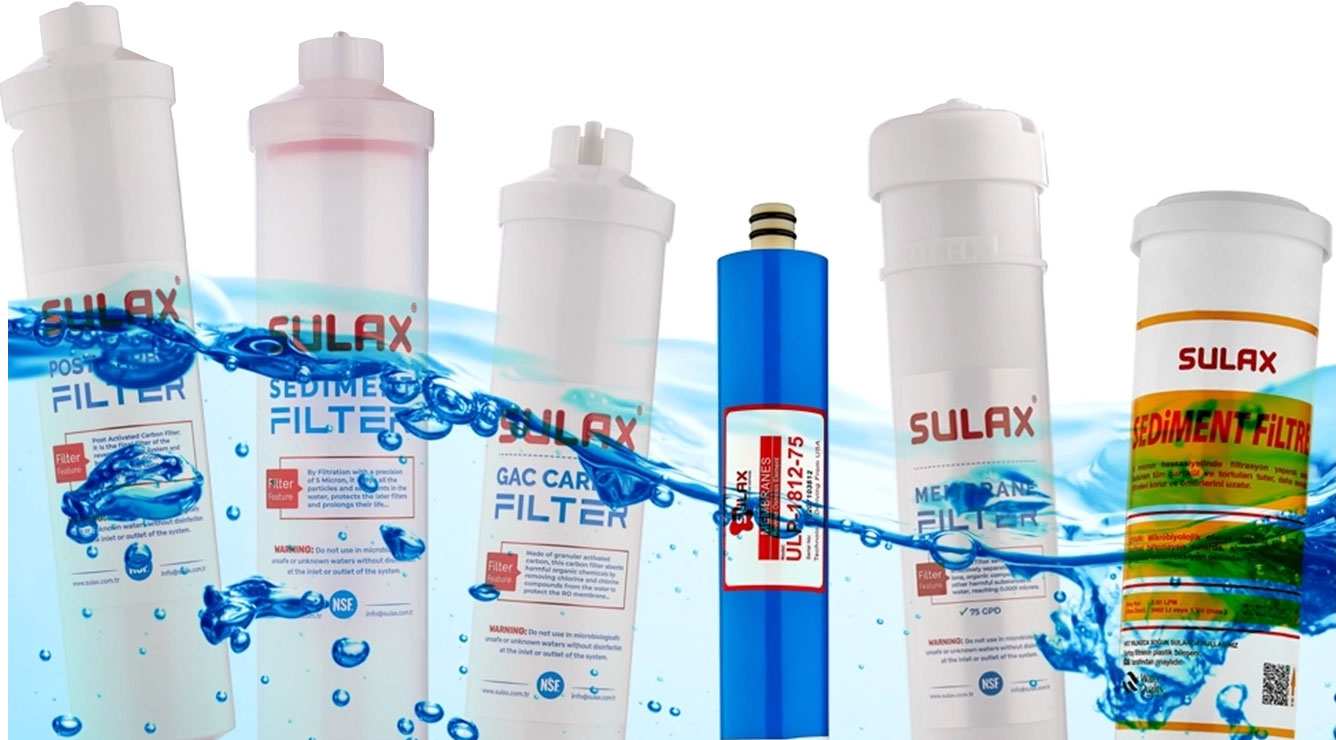
Water quality—one of the foundations of a healthy life—has a direct impact on our health. One of the most important factors to consider in this regard is the **pH level of drinking water**. The pH level determines whether water is acidic or alkaline. Water outside the ideal pH range not only poses potential health risks but also often has an unpleasant taste.
The pH level of water is a numerical measure that indicates the concentration of hydrogen ions and whether the water is acidic or basic (alkaline). It is measured on a scale from 0 to 14. A pH of 7 is neutral; values below 7 are acidic, and values above 7 are considered alkaline. The pH level affects not only the taste of water but also its effects on digestion and skin contact.
Water pH can be measured both at home and in laboratory settings. The most common methods include at-home test kits and digital pH meters. pH test strips (litmus paper) indicate the pH level through a color change. For more accurate results, digital pH meters are preferred, as they reliably measure the pH of drinking water and other liquids.
“What should the pH level of drinking water be?” is a frequently asked question, especially among health-conscious individuals. According to the World Health Organization (WHO), the ideal pH range for drinking water is **between 6.5 and 8.5**. This range is safe for the digestive system and also ensures the best taste experience.
To learn more about water purifier pH levels, visit our article on water purifier pH values.
When the pH of water exceeds 9, several issues may arise. The water may have a soapy taste, making it unpleasant to drink. High-pH water can also cause limescale buildup in plumbing. In some individuals, alkaline water may cause nausea, bloating, or digestive discomfort. For these reasons, **prolonged consumption of high-pH water can negatively affect health**.
It’s important to remember that when drinking water has a high pH, it must be treated or balanced. The pH level is a fundamental parameter of healthy water.
If the pH of your water is too high, there are both natural and technical ways to reduce it. One of the most effective methods is the reverse osmosis system, which filters water and balances the pH level.
Natural acids like lemon juice or apple cider vinegar can also be added to water for a temporary drop in pH. However, these are not long-term solutions. For lasting results, use pH-balancing filters or professional purification devices. Once the pH is brought within the ideal range, the water becomes both healthier and more palatable.
Wondering how to determine the pH level of water? The answer is quite simple. At-home pH test kits or digital meters can easily reveal the pH. If the water tastes soapy, the pH is likely too high. A metallic or sharp taste may indicate a low pH.
However, to be certain, a pH test should be performed. Since the **pH level of drinking water directly affects your health**, it’s important to test your water regularly.
In theory, pure water has a neutral pH of 7. However, due to environmental factors, exposure to air, or container material, this value can fluctuate between 6.5 and 7.5. Since pure water contains no dissolved minerals or ions, its pH is naturally neutral. For this reason, it is **not recommended for regular drinking** as it lacks essential minerals.
Therefore, **don’t confuse the pH of pure water with that of drinking water**. Pure water is mostly used in laboratory settings, while drinking water must have a balanced mineral content.
Drinking water should have a pH between 6.5 and 8.5. This range is safe for health and preserves the taste of the water.
The pH level determines whether water is acidic or alkaline. Low pH may cause stomach problems, while high pH can lead to digestive discomfort. That’s why drinking water must have a balanced pH level.
Water with a pH above 9 is alkaline. While occasional consumption may not be harmful, regular intake can cause issues such as bloating or nausea in some individuals. Drinking water should always remain within the ideal pH range.
Yes, water with a very low pH (below 5.5) is considered acidic and may harm tooth enamel or cause stomach irritation. The pH should not fall below 6.5 for safe consumption.
The ideal pH of pure water is 7, which is neutral. However, since it lacks minerals, it is not recommended for regular consumption. Even if the pH seems suitable, **mineral deficiency may disrupt the body's balance**.

Fill out the form and be the first to enjoy the benefits!